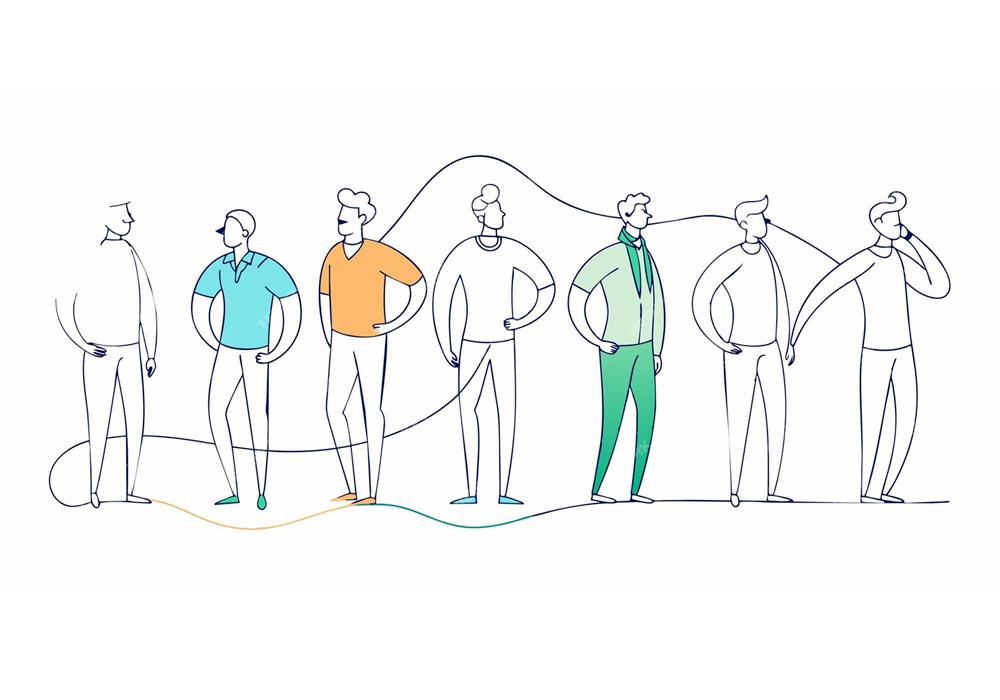By inviting employees to physically participate in the work environment, employees are given the opportunity to feel the collective energy and enthusiasm that comes from working towards a shared goal. More than just being, physically participating in the work environment allows employees to experience first-hand the purpose and culture of the organisation, which reinforces their sense of belonging and engagement.
Decent workspaces: the environment as an enabler of connections
The physical environment in which employees carry out their daily activities not only impacts their productivity, but also plays a crucial role in promoting communication, collaboration and general well-being.
Open offices, for example, foster a natural flow of communication and encourage employees to share ideas and collaborate more effectively. However, it’s equally important to consider the need for private spaces or quiet areas where employees can concentrate and reflect to achieve a balance between collaboration and individual focus.
Common areas, such as break rooms and cafeterias, can become focal points for social interaction, where informal connections can flourish and strengthen the sense of community.
In addition, the incorporation of natural elements, such as plants and natural light, not only improves psychological well-being, but also enhances creativity and reduces stress levels. These elements help to create a harmonious environment that nourishes both body and mind, and promotes a positive mood and a more open disposition towards collaboration.
In short, a shared purpose inspires, motivates and aligns efforts towards a common goal that resonates with individual values. Face-to-face team interactions, in turn, enrich working relationships through face-to-face interactions that foster trust and genuine collaboration. Finally, a well-designed environment acts as a facilitator of these connections and a driver of well-being and creativity in an environment that values the contribution of each individual.
By implementing these elements, organisations not only strengthen their internal cohesion, but also position themselves for collective success with an engaged and united team, ready to meet the challenges of the future. We invite leaders to reflect on how they can integrate these aspects into their own practices to cultivate a work environment where connection and engagement flourish.

